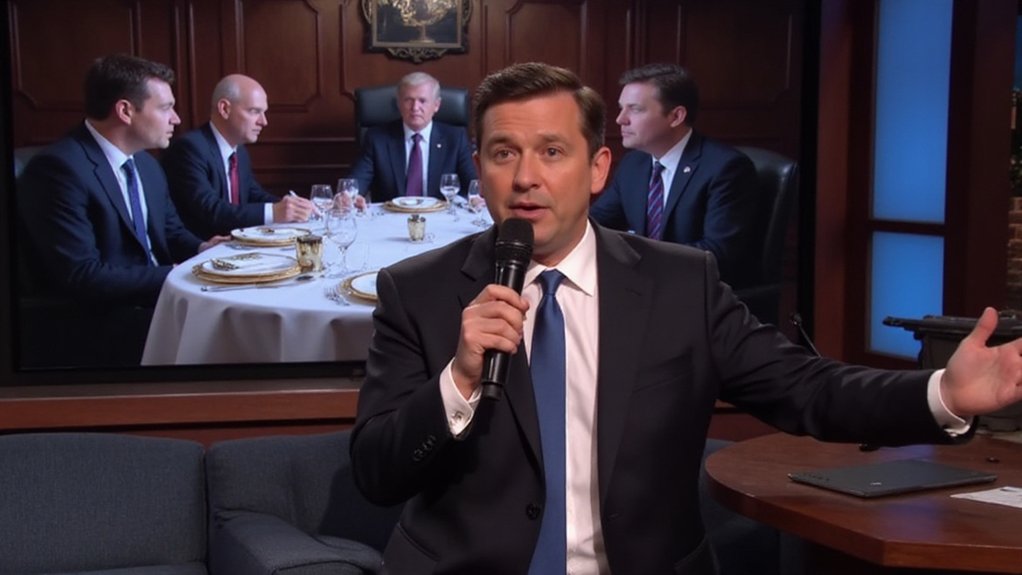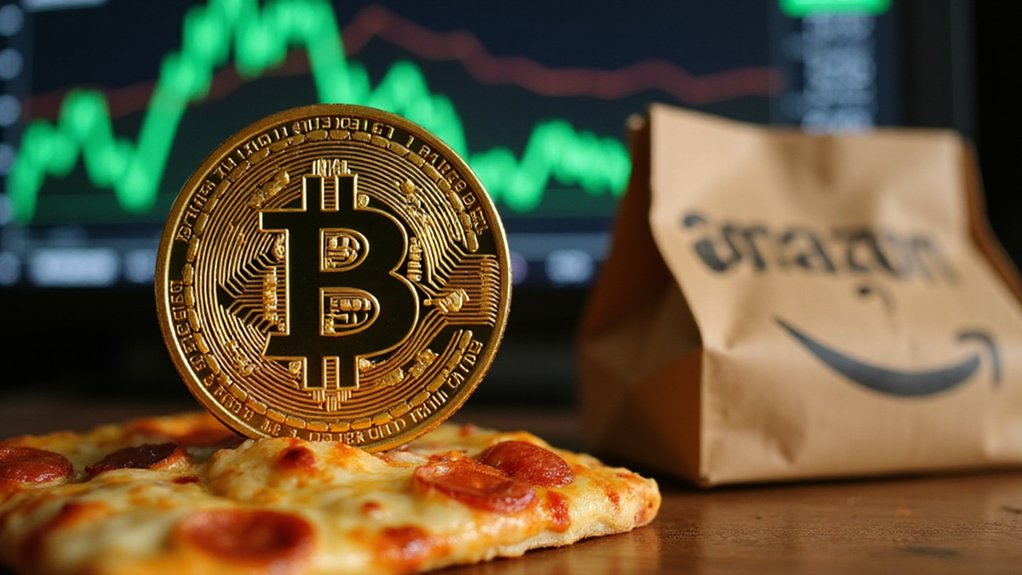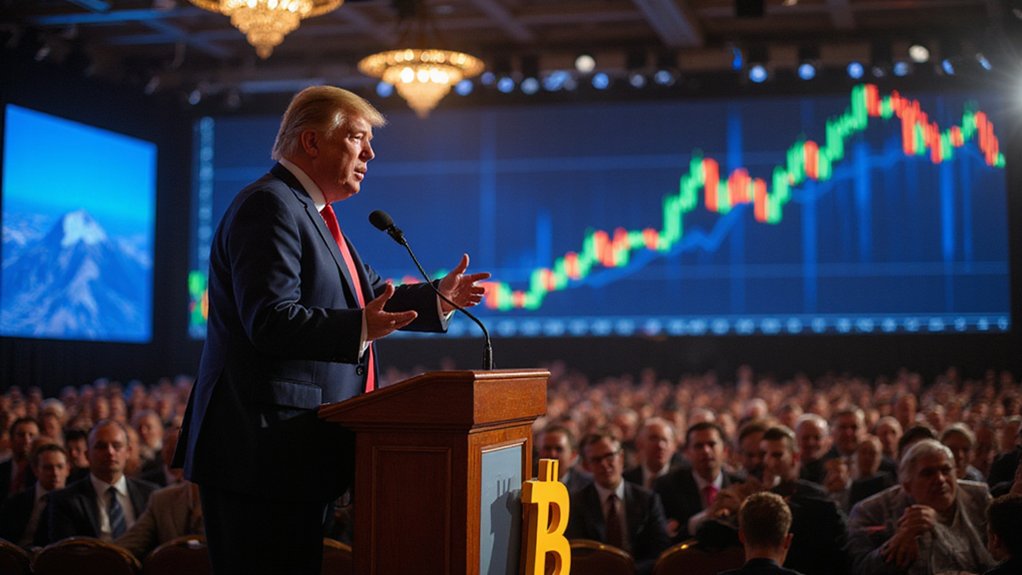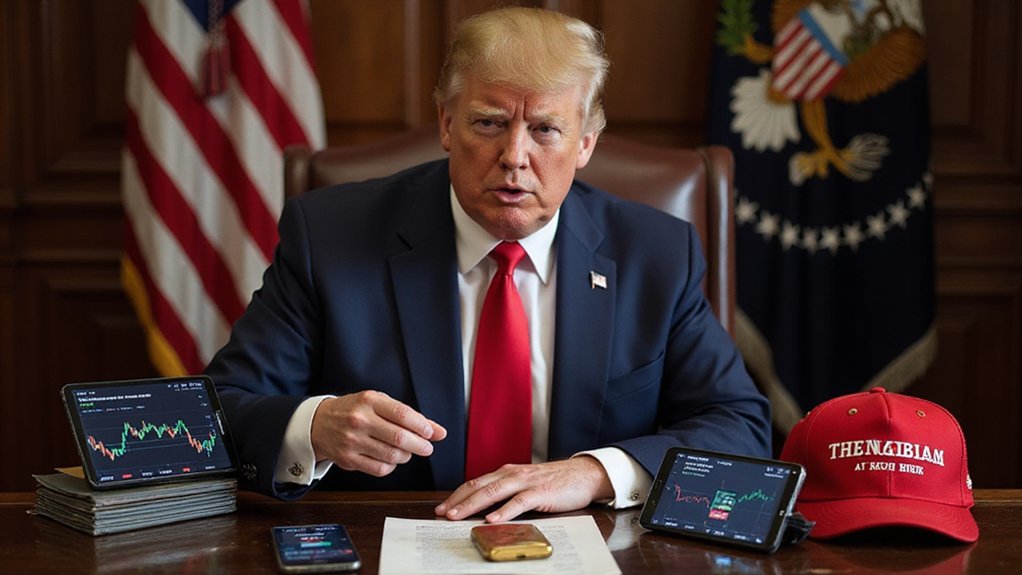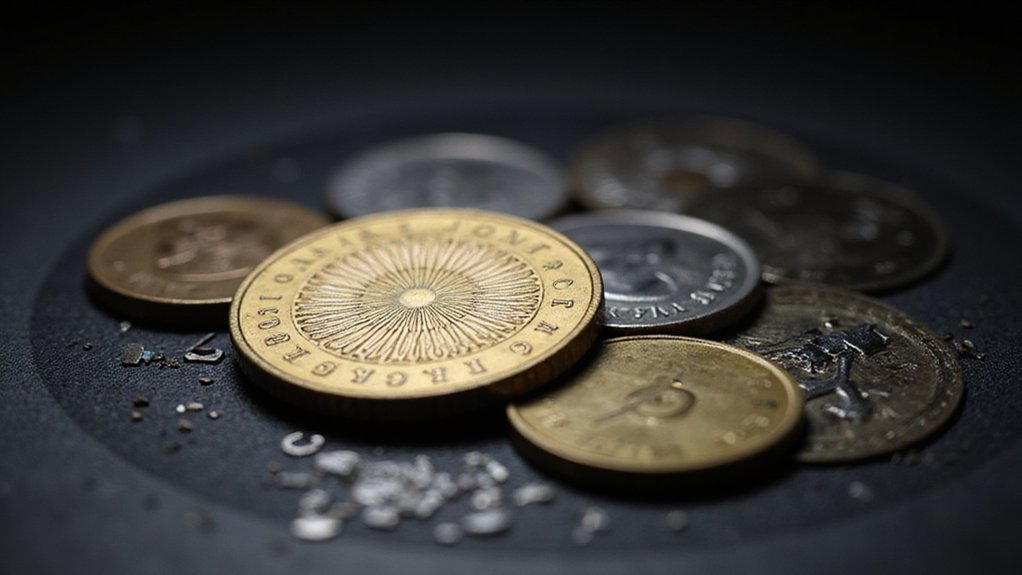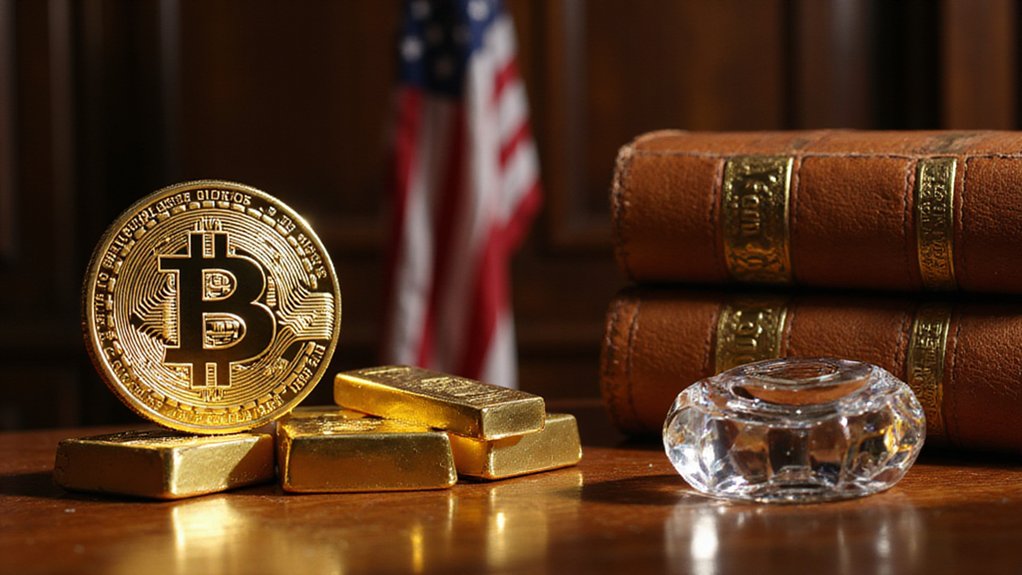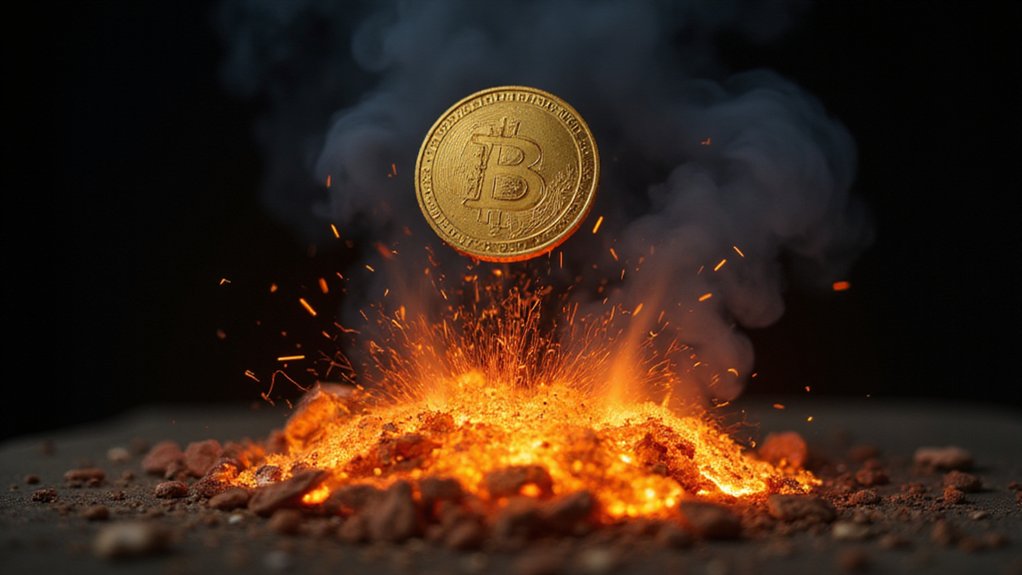How exactly does one quantify the convergence of cryptocurrency speculation and political access? At Donald Trump’s Washington, D.C. golf club last Thursday, the calculus was remarkably straightforward: purchase significant quantities of his meme coin and secure an invitation to an exclusive dinner with the former president himself.
The private gathering, which hosted the top 200 buyers of Trump’s cryptocurrency venture, has ignited a firestorm of criticism across political and financial spheres. Jimmy Kimmel, never one to shy away from political lampoonery, dedicated a segment of his show to what he characterized as an unprecedented confluence of digital finance and political influence peddling. The late-night host’s biting commentary amplified concerns already percolating through mainstream media outlets. During his segment, Kimmel openly referred to the attendees as gullible suckers who paid exorbitant sums for the opportunity.
Financial analysts note that the dinner announcement catalyzed a substantial price surge in Trump’s meme coin—a textbook example of how proximity to power can inflate speculative asset valuations regardless of underlying fundamentals. This volatility, while potentially lucrative for early investors, underscores the inherent risk in politically-affiliated financial instruments. Experts have repeatedly cautioned that MAGA Coin represents a high-risk investment with no inherent value beyond its connection to Trump’s political brand.
Proximity to power inflates speculative assets, creating a volatile goldmine for early adopters while exposing the precarity of political finance.
Democrats have seized upon the event as emblematic of a troubling “pay to play” paradigm, suggesting that financial transactions are increasingly becoming prerequisites for political access. The ethical implications extend beyond partisan criticism, raising fundamental questions about the intersection of wealth, technology, and democratic processes.
The cryptocurrency community remains divided on the dinner’s significance. Some view it as innovative political engagement through emerging financial technologies, while others worry about potential regulatory backlash that could impact the broader digital asset ecosystem.
What remains particularly notable is the timing—occurring at a moment when cryptocurrency regulation stands at a crossroads in Washington. The spectacle of political elites mingling with crypto whales creates an optics challenge that transcends conventional campaign finance concerns.
As markets continue to process the implications of this unprecedented fusion of meme culture, finance, and political access, one certainty emerges: the traditional boundaries between these domains have grown increasingly permeable, for better or worse.
